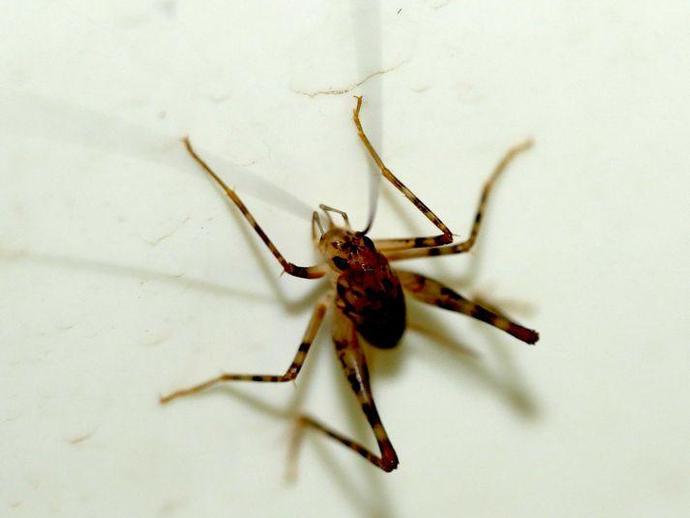November 7, 2021
We're reaching into the archives for today's #BenInNature update presented by our friends at Carter Bank & Trust! The following post was originally published on August 25, 2020.
When it comes to unloved insects, camel crickets probably rank somewhere between cockroaches and brown marmorated stink bugs. With their long limbs, twitching antennae, and tendency to erratically jump all over the place, it's not hard to see why people don't like these guys in their homes.
Camel crickets belong to the cave cricket family Rhaphidophoridae, and this particular camel cricket is from the genus Ceuthophilus. They get their common name from their humped back; they definitely don't share any of the camel's other defining features, as these critters require damp, cool environments to survive.
Before humans came along, these crickets would have been found in caves or underneath rotting logs and wet leaves. However, if you have a damp basement or crawlspace, you have a perfect environment for camel crickets.
While camel crickets won't bite you and don't cause any diseases, they have been known to damage fabrics. If you don't want them in your home, the best thing to do is make your home uninviting. You can run a dehumidifier to prevent moisture buildup in your house; seal off points of entry into your basement or crawlspace and make sure they're well-ventilated; and clean up any wood piles or debris near the outside of your home.
Thank you to VMNH Associate Curator of Invertebrate Zoology Dr. Kal Ivanov for narrowing this one down to genus!
ABOUT #BenInNature
Social distancing can be difficult, but it presents a great opportunity to become reacquainted with nature. In this series of posts, Administrator of Science Ben Williams ventures outdoors to record a snapshot of the unique sights that can be found in the natural world. New updates are posted Monday - Friday, with previous posts highlighted on the weekends. This series of posts is made possible thanks to the support of VMNH Corporate Partner Carter Bank & Trust (www.cbtcares.com).
NATURE PHOTO IDENTIFICATIONS
If you discover something in nature that you would like help identifying, be sure to message us right here on Facebook with a picture (please include location and date of picture) and we'll have our experts help you identify it!

 Hours & Admissions
Hours & Admissions Directions
Directions

